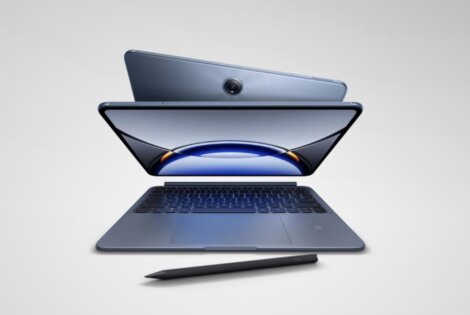Today, alternative energy sources are the main global problem of many research institutes. Perhaps soon, we will receive energy from the most unexpected sources, but at the moment, solar panels for households have become the most popular. Relative cheapness, quick payback, ease of installation, and usage made it possible to use batteries everywhere. Today, solar energy systems on the roof will not surprise anyone. But with such popularity, few people know how these panels work and convert sunlight into electricity.
What are the photoelectric effect and the history of its discovery?
It’s hard to believe, but information about solar energy has been known since 1839. It was at this time that Edmond Becquerel, a scientist from France, discovered that when sunlight hits the surface of some materials, they react with sparks. This phenomenon is called the photoelectric effect. In 1890, the first photovoltaic cell based on selenium was already created using this phenomenon.
The solar panel technology that is in use today completed its development back in 1950, and silicon was already in use as the basis for its photovoltaic cell. So such a battery could already transform 4% of sunlight into electricity. And how do solar panels work on a house now?
How a photovoltaic cell works
As silicon does not conduct electricity well, doping it, that is, adding impurities to crystalline silicon, leads to a solar panel energy transformation system.
The photocell consists of two layers, bromine is a part of the crystalline silicon of the lower one, and phosphorus is a part of the upper one. The bottom layer generates a positive charge, the top negative. A PN junction appears between the layers. Acting on the solar panel, the sun knocks out electrons from the upper and lower layers. The attraction between different charges causes the electrons to be attracted to the opposite layer, but the electric field in between the layers prevents them from making the transition. Thin wires along the outer layer of the negative charge provide the path of electron movement. It is along this path that electrons pass, and this is the formation of current or solar panel technology.
What types of solar panels are there
Any technology does not stand still and develops. Today, there are three types of solar panels production:
- Monocrystalline panels – modules with the highest efficiency, more than one-third of all solar panels in the world of this type, although this is the most difficult to manufacture, labor-intensive and expensive type of solar panels;
- Polycrystalline panels – these panels occupy almost half of the market since their cost and production costs are lower, but the efficiency is lower, but only by a few percent;
- Thin-film solar cells – not only the lowest cost but also the lowest solar panel energy transformation; nevertheless, thin-film cells occupy almost 10% of the market.
Any solar power system is better than complete dependence on an external power grid.
What problems do large-scale photovoltaic projects have?
Typically, such projects cover huge areas and are located far from cities and energy supply centers. Therefore, in order to supply the electricity generated by them, it is necessary to build long transmission lines.
Use of solar energy for domestic purposes
Solar panel technology can be in use to fully or partially cover a house in need of electricity. It all depends on the number of panels installed, the needs themselves, and, of course, the amount of sunlight.
How do solar panels work for your home? The generated electricity goes through the circuit to the grid and powers your home. You can not only use household appliances and light, but you can heat water, heat houses, and even charge an electric car. But in order to know how to use solar panels, you need the help of a professional because even if electricity is produced in such a safe way, this does not mean that the current in the network has become less dangerous. Therefore, you always need a specialist to connect your solar power plant.
Some houses that generate too much electricity using solar units face an interesting problem is faced. The fact is that the general power supply system, namely the lines, is not designed to supply current in the opposite direction. Therefore, if the household generates too much energy and does not consume it all, there may be a question of supplying current to the general system, which other houses could use. There are already some systems that can supply electricity to several houses from one station, but they are still the exception rather than common practices.
In any case, green energy is the future of our planet, and solar stations, even small, domestic ones, bring us closer to the moment when all large stations of non-environmentally friendly electricity production will be buried as useless.







